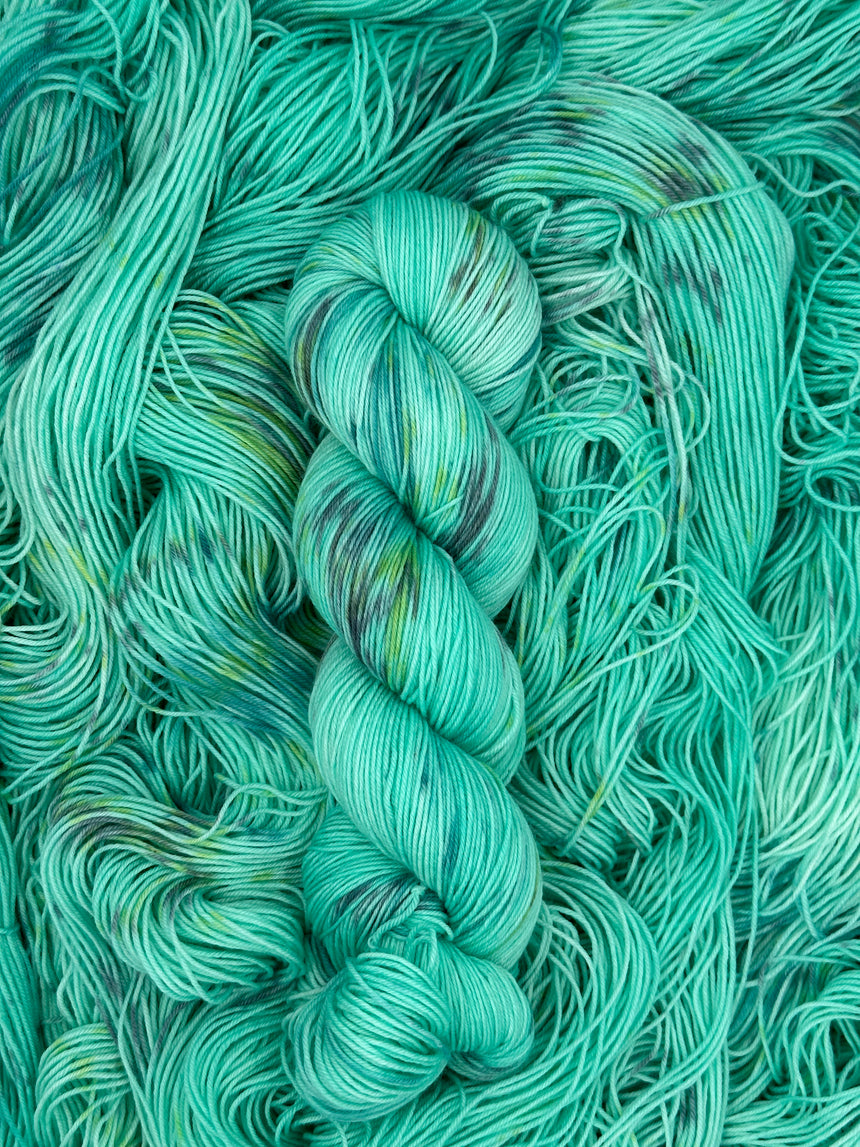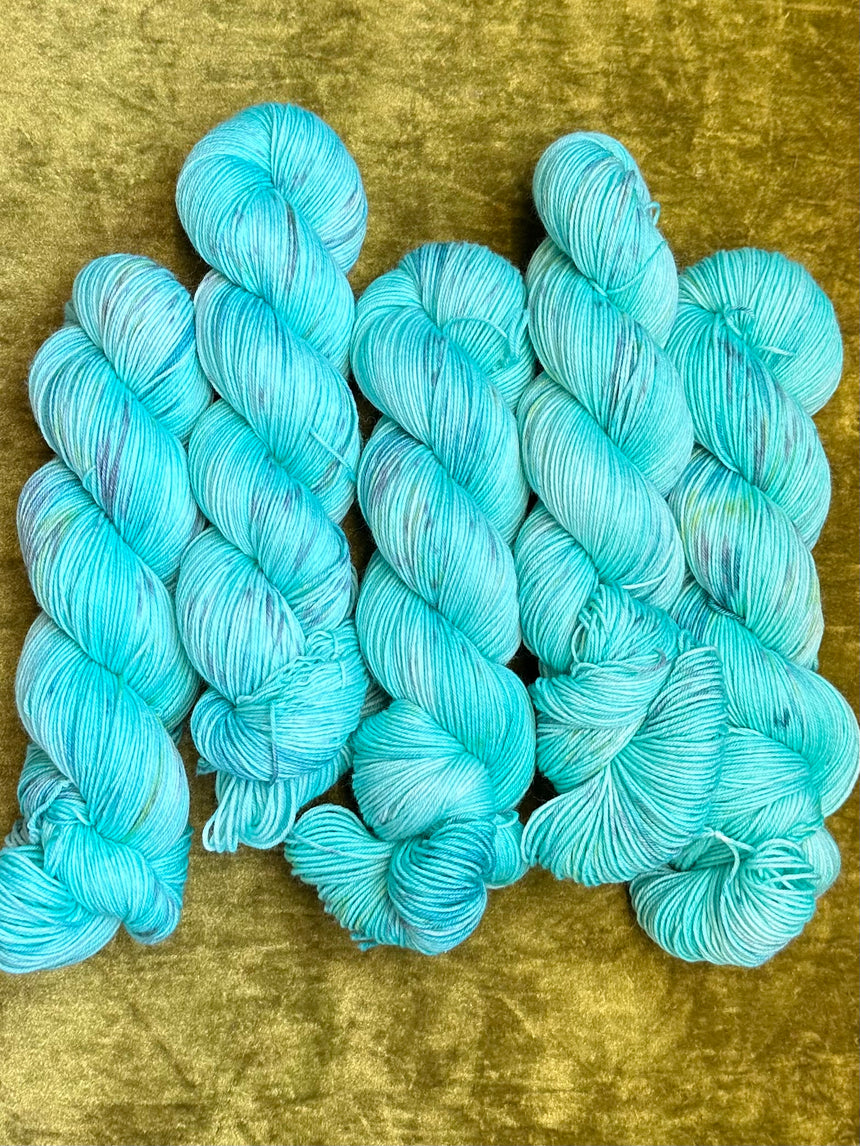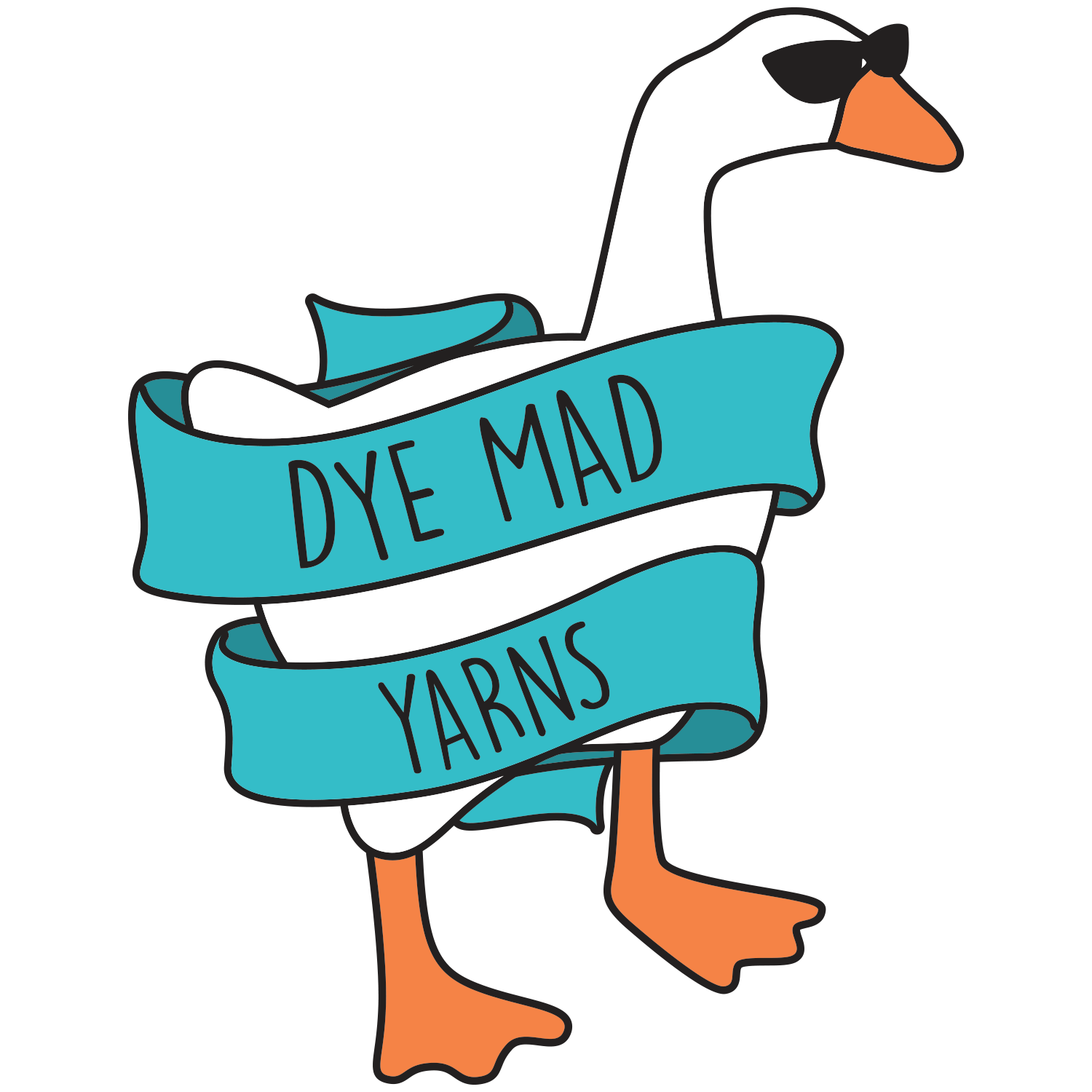Turquoise
$6.00Last but not least, we have Turquoise for December!
Turquoise is an interesting in the same way that the color "orange" is interesting - which came first? The color or the item being named? Turquoise IS turquoise, which is to say a blue-green mineral. It can be bluer or greener rather that turquoise, and the turquoise found in Iran (typically closer to the robins egg blue or sky blue color) is used as a guiding reference for evaluating quality.
The word turquoise is from 17th century Old French turquois mean "Turkish", OR the 14th century turkeis, replaced in the 1560s with turqueise. The mineral was purportedly first brought to Europe through the Ottoman Empire, or Turkestan, or another Turkish territory. Aztecs knew it as chalchihuitl.
Turquoise is rated a six on the Mohs hardness scale, making it slightly harder than window glass. It was among the first gems to be mined, and many historic sites have been depleted, though some are still worked to this day. Most are mined by hand or with low tech, and in the United States, it is often recovered as a byproduct of large-scale copper mining operations.
Iran has been an important source of turquoise for over 2000 years, over 5000 years in the Sinai peninsula, and the southwestern United States is also a large source of turquoise.
Turquoise is one oldest gems, but it was not important as an ornamental stone in the west until the 14th century, following a decline in the Catholic church's influence which allowed the use of turquoise in secular jewelry. It has an extensive history in antiquity - it was used by by Aztecs, the Pueblo, Navajo and Apache tribes. To the Aztecs, turquoise was an embodiment of fire and gave it properties such as heat and smokiness. Indigenous tribes to the Americas cherish(ed?) turquoise for its amuletic use; the Navajo believe the stone to afford archers dead aim and is used for a spiritual protection and blessing. Because of how long the history of turquoise is, and how long it has been used in cultures around the world, it really is hard to sum up everything about turquoise in a listing for a yarn inspired by it.
Our Turquoise yarn is a light blue that has green undertones. Photos don't do very much justice for it, but you can check out our gemstone highlight on Instagram or some pairings! It has some darker teal spots, as well as some gold and black.
Our recommended pairings are Sagittarius and Capricorn (naturally), No Yeah, Pop!, You Betcha!, Yeah No, and Wreck of the Edmund Fitzgerald.
BASES:
Chester Sock Mini Skein: 20g, 87 yards, 75% super wash merino/25% nylon
Hattie Floof: 50g, 437 yards, 70% Superkid mohair/30% silk (lace weight)
Chester Sock: 100g, 437 yards, blend of 75% superwash merino/25% nylon
Sabrina Sock: 100g, 432 yards, blend of 80% US sourced non-super wash merino/20% silk
Tortie Sport: 100g, 287 yards, 80% alpaca/20% silk
Minnie DK: 100g, 246 yards, 100% superwash merino wool
Genny Worsted: 100g, 191 yards, 80% superwash merino/20% alpaca
Chubby Trevor: 115g, 136 yards, 100% superwash merino
Chunky Trevor: 150g, 82 yards, 100% superwash merino, single ply
Summer Fingering: 65% silk/35% linen, 115g skein, approximately 438 yards
Summer DK: 65% silk/35% linen, 115g skein, approximately 246 yards
Summer Worsted: 65% silk/35% linen, 115g skein, approximately 181 yards
Gladys Fiber: 80% Shaniko Wool/20% Tussah Silk, approximately 4oz braid of fiber for spinning, felting, etc




